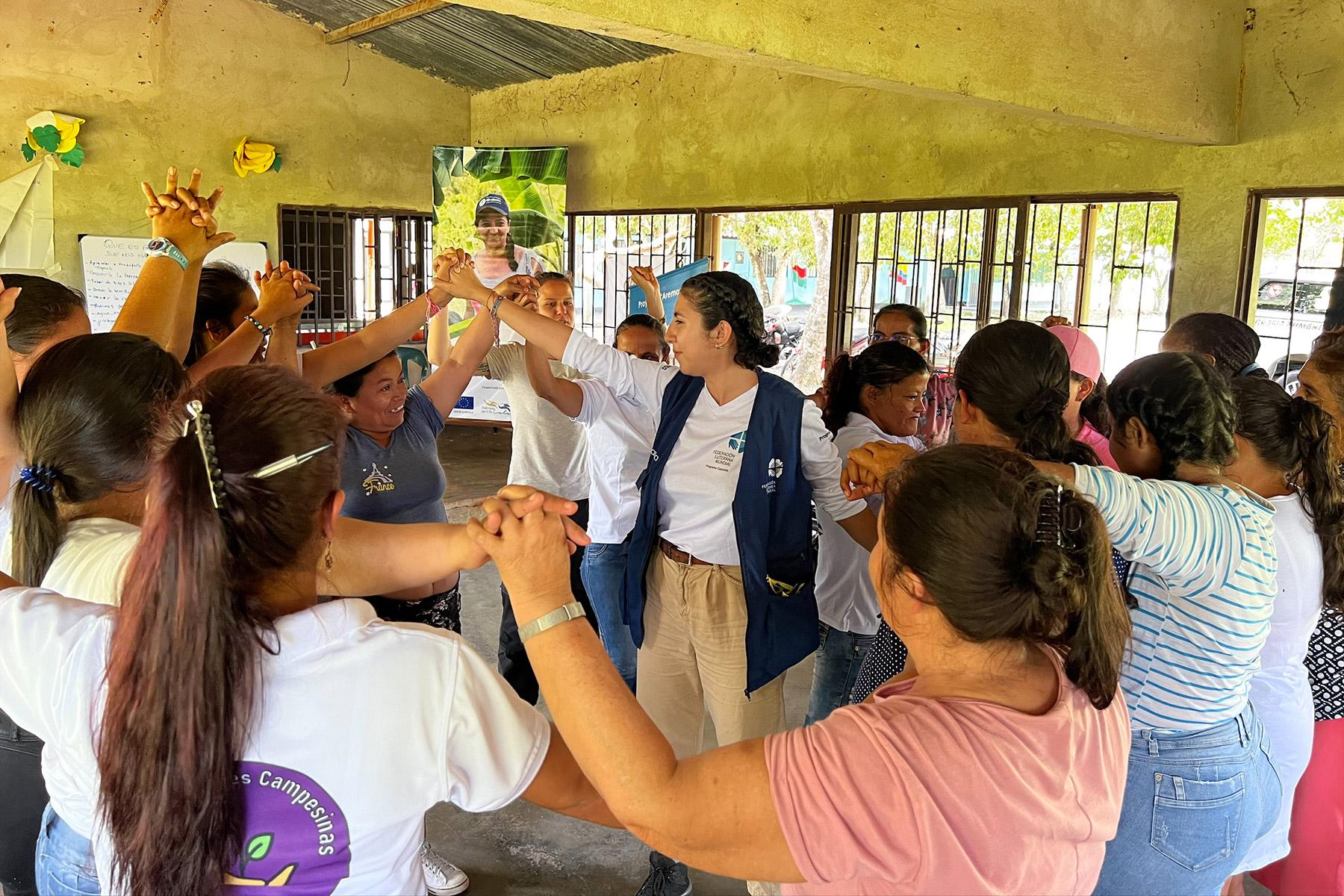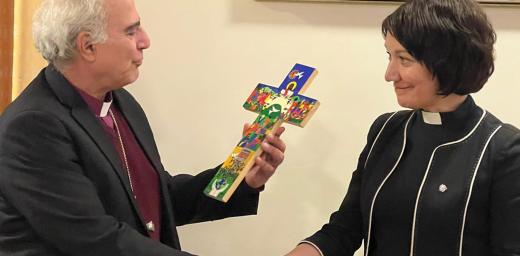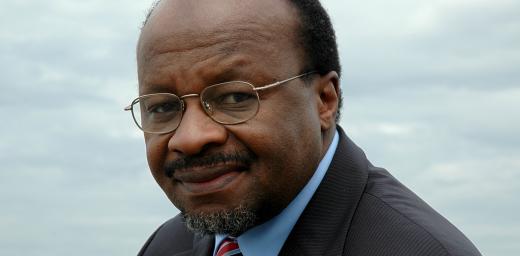“For Hope and a Future”
(LWI) - “2022 will always be remembered as the year when COVID-19 released its grip on the world, only to be followed by a major military conflict in Europe with Russian aggression against Ukraine triggering mass displacement across the region.” With these words, LWF World Service Director Maria Immonen opens the Annual Report of The Lutheran World Federation’s humanitarian and development arm, LWF World Service.
On 60 pages, the report celebrates the LWF’s diaconal work for people in need. It features the Ukraine response, with two new country programs in Europe, but also the work in 8 emergencies that went largely unnoticed, such as the drought in Angola, floods in Chad and the ongoing crisis in Haiti.
Where cameras have not followed
"These are a few examples of the crises which the cameras have not followed. Yet the millions affected are individual people with hopes, dreams, and aspirations for life in dignity whose chances of reaching them seem to become more remote with every passing day,” Immonen says. Through individual stories and testimonies, the report amplifies the voices of a global community affected by conflict and natural disaster.
These are a few examples of the crises which the cameras have not followed. Yet the millions affected are individual people with hopes, dreams, and aspirations for life in dignity
Maria IMMONEN, LWF World Service Director
The 2022 report puts special emphasis on the livelihoods work of LWF Work Service. As more and more emergencies turn into protracted crises, there is a need to provide training, farming and work opportunities to individuals and communities. “We aim to make people less dependent on humanitarian aid, to work with host communities and refugees alike, and to promote agency for people whose lives have been upended by forces outside of their control,” says Chey Mattner, LWF Head of Operations.
Shrinking humanitarian space
In addition to sudden onset displacement crises, poverty and inequality are the biggest challenges, says Michael French, Regional Program Coordinator. Many countries where LWF is active rank at the bottom of the Global Hunger index. “Syria, South Sudan, Somalia, Burundi, the Central African Republic, Chad, Uganda, and Haiti are among the fifteen hungriest countries worldwide,” French says.
“We work with communities to enable them to defend their rights in the face of such inequality, and to embrace more productive, climate smart agriculture. We help artisans connect with markets. We empower youth to get jobs through vocational and life skills training and job placement, including as part of LWF World Service staff,” he adds.” We fight land grabbing and secure access to land. We enable women to express their entrepreneurial talent by being more involved in decision-making, and by facilitating their access to credit and business know-how.”
The World Service Annual Report 2022 also gives credit to 7,821 staff, more than 99 percent of whom come from and live in the communities they serve. They work in increasingly insecure contexts. “The cost of working under severe stress caused by the pandemic, violence, insufficient funding, and remote locations can be very high,” Immonen says. “Our commitment to continued and strengthened staff care remains important; their continued presence in vulnerable communities is vital to our work.”
The report is available online and as a print copy.






